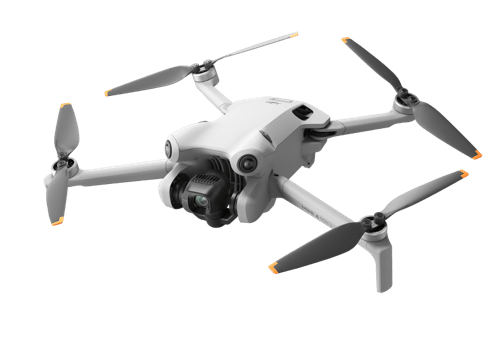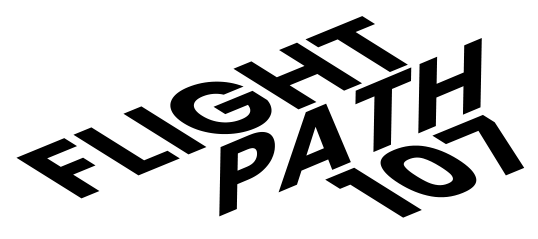P.A.V.E.
The PAVE checklist is a useful tool for sUAS operators to assess the risks of flight. Each element of PAVE ( Pilot, Aircraft, enVironment, and External pressures) is an area you’ll make sure everything is going to plan.
Pilot-in-command:
- Make sure the pilot is current, competent, and fit to fly.
- Check that you have the proper certification under Part 107.
- Consider the pilot’s mental and physical condition (e.g., fatigue, stress, or any impairments).
Aircraft:
- Is the sUAS airworthy and properly maintained?
- Verify that it the sUAS has all necessary equipment (remote ID, flight logs, and good condition batteries).
- sUAS meets operational limits for the mission (weight, capabilities, etc.).
Vegetation and Environment:
- Check the weather (wind, visibility, and any hazards like storms).
- Review the airspace and make sure the flight is within the permitted area (check for restricted airspace or nearby airports).
- Assess other environmental factors, such as obstacles, wildlife, or people in the area.
External Pressures:
- Consider time constraints (e.g., deadlines or urgency) that might affect the decision to fly.
- Be aware of any external influences that might push you to take unnecessary risks (e.g., pressure from clients or crew).
- Ensure that these pressures do not compromise safety or legal compliance.
I.M.S.A.F.E.
The I.M.S.A.F.E. checklist is another safety tool that helps drone operators assess flight conditions before taking off. It stands for Illness, Medication, Stress, Alcohol, Fatigue, and Emotion.
Illness
- Make sure the pilot is not suffering from any illness that could impair judgment or physical abilities.
- If you are feeling unwell (cold, flu, etc.), it’s best to postpone the flight to avoid safety risks.
Medication
- Be aware of any medications you’re taking that could impact your ability to operate the drone.
- Certain medications may cause drowsiness or hinder concentration, making it unsafe to fly.
Stress
- Check if you’re under stress, as it can impair decision-making and focus.
- If stress is high, consider delaying the flight or seeking assistance from another pilot.
Alcohol
- Don’t fly if you’ve consumed alcohol or any substances that might impair your abilities.
- Part 107 requires a blood alcohol content (BAC) of less than 0.04%, and flying within 8 hours of drinking is prohibited.
Fatigue
- Avoid flying if you’re feeling fatigued, as tiredness can reduce your alertness and reaction times.
- If you’ve been awake for an extended period, it’s better to postpone the flight until you are well-rested.
Emotion
- Evaluate if any emotional factors (e.g., personal issues, anxiety) might affect your ability to focus.
- Strong emotions can distract from safe operation, so address these before flying.
D.E.C.I.D.E.
The D.E.C.I.D.E. checklist helps drone operators make informed and safe decisions during flight operations.
Detect
- Detect the situation and understand what’s happening around you.
- Look for any hazards, other aircraft, weather conditions, or changes in the environment that might affect the flight.
Estimate
- Estimate the risk associated with the situation.
- Determine the potential consequences of any risks, including obstacles, nearby people, or airspace limitatio
Choose
- Choose an appropriate course of action based on your estimates.
- Decide if you need to alter your flight plan, change altitude, or avoid certain areas to mitigate risk.
Identify
- Identify your resources and options to handle the situation.
- Determine if you have the tools or backup resources (e.g., another pilot, additional equipment) to deal with potential issues.
Do
- Do what you’ve decided based on the earlier steps.
- Act on your chosen course of action and take the necessary steps to continue the operation safely.
Evaluate
- Evaluate the outcome of your actions.
- After taking action, reassess the situation to ensure safety and that you are still within legal flight parameters under Part 107.




